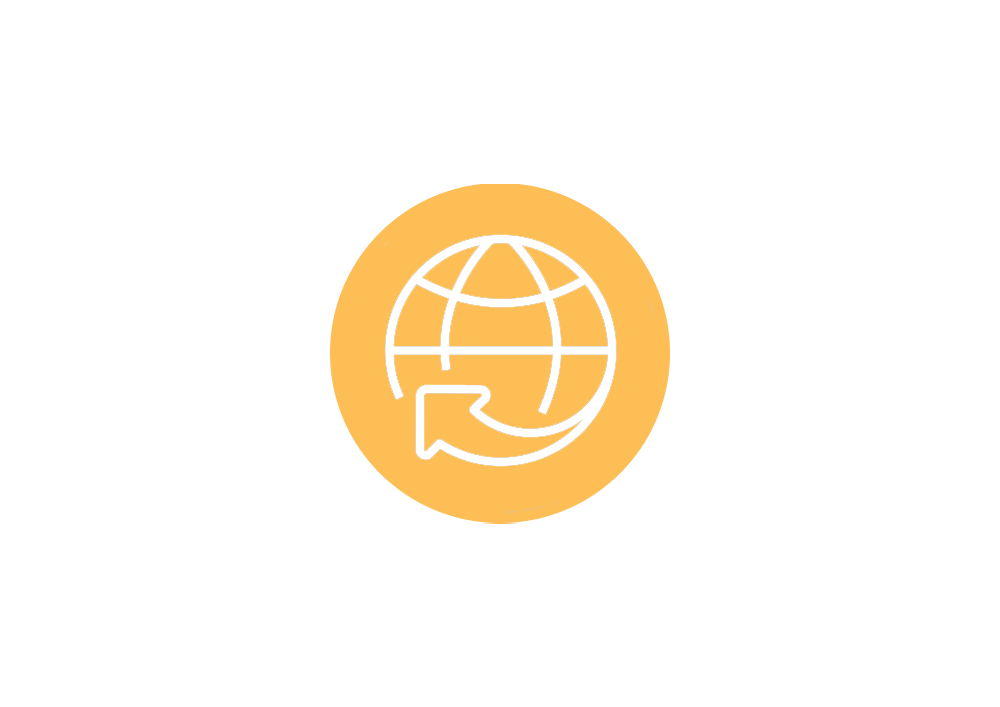WORDS Ash Brooks - GrainGrowers Director and Wimmera grower
As growers, we all know there’s no shortage of grain market and trade updates coming through the office inbox, but experiencing markets firsthand, and engaging with customers, provides a depth of knowledge and understanding that you can’t always read about.
My experience on a recent GrainGrowers-led delegation to Indonesia was exactly this. GrainGrowers staff and grower representatives, including several Board and National Policy Group growers, were fortunate to meet with customers and industry representatives to exchange views and gain meaningful insights into the Indonesian market and build valuable relationships.
As a grower in Wimmera, I’m passionate about trade and market access. Mutually beneficial customer partnerships are critical in supporting long-term value delivery and customer connection provides useful market insights. This in turn assists industry in proactively responding to evolving consumer trends and quality requirements.
Indonesia is one of Australia’s largest wheat customers. While the region has long been a valued trading partner, population growth, changing dietary preferences and a rising middle class demographic presents a significant opportunity for future trade growth and market diversification. AEGIC has identified that over the next decade, “there is no market segment anywhere else in Indonesia, or even further afield in neighbouring Asian markets, that offers the same opportunity as Indonesia’s bread and baked goods market.”
Flying into Jakarta and seeing the glimmering lights coming from some of the small islands was a reminder of just how unique Indonesia is. As an archipelago country, consisting of ~17,500 islands and with a population of 279 million, this initial glimpse of the country really put the logistical challenges of food distribution into perspective ahead of trip discussions.
Being on the ground allowed us to tour traditional wet markets, meet with representatives across the grains supply chain, discuss functional wheat quality with technical staff, and build our understanding of how Australian wheat is utilised within different market segments. When it comes to end-user quality requirements, understanding future market opportunities, and promoting the efficiency of our Australian grain farming systems while interacting with the people who use our products to gain and share firsthand insights, is invaluable.


Indonesia is forecasted to become the fourth largest economy in the world by mid-century (see footnote 1), and interestingly about thirty percent of their population are employed within agriculture. Urbanisation however, is significant. Our trip also provided opportunities to further understand the country’s food security and human welfare objectives and plans to reduce poverty and malnutrition.
Visiting Bogasari, the world’s largest single site flour mill was a trip highlight! It offered the opportunity to learn more about the Indonesian baked good product market in more depth and showed us the future opportunities for Australian soft wheat. China and South-East Asia’s soft wheat demand from flour millers, to make cakes and biscuits, could be more than 3 million tonnes by 2030 as incomes grow and diets change (see footnote 2).

To build and maintain markets, it is important we continue partnership approaches. Working with the government is also critical in supporting market access and in meeting the needs of our customers. In the upcoming federal budget, GrainGrowers has called for the government to invest $100 million into initiatives that will help continue this work, including additional agricultural counsellors and funding for the program.
I’d highly encourage growers to consider taking part in industry delegations as they are an excellent opportunity to gain insights into areas of the supply chain that we don’t often see. Learning about the products Australian grain produces, and the required quality parameters, whilst developing a greater understanding of market cultures is an incredible experience!

Footnotes:
1. Australian Government Department of Foreign Affairs and Trade (2022) https://www.dfat.gov.au/about-us/publications/trade-investment/business-envoy/business-envoy-february-2022/blueprint-trade-and-investment-indonesia-handy-guide-emerging-economic-powerhouse. Source viewed 5th May 2024
2. AEGIC (2023) https://www.aegic.org.au/soft-wheat-for-asian-cakes-and-biscuits-an-opportunity-for-wa-growers/. Source viewed 5th May 2024

